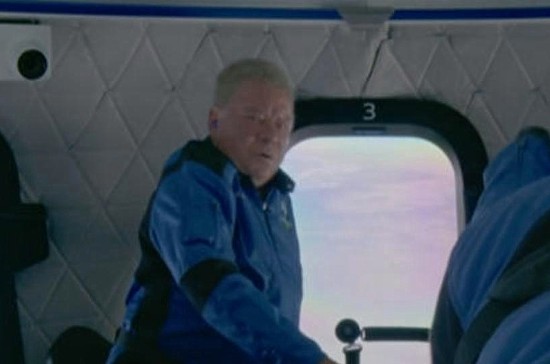The hype around Virgin Galactic, Blue Origin, SpaceX and others offering opportunities to see Earth from the edge of space or orbit has captured the interest of the media this year. But just how viable is the space tourism business model?
Space Adventures is a space tourism company founded in 2009. This week it announced that its planned space trip booked on SpaceX, a five-day planned orbital mission for four paying customers, is cancelled. Why? Nobody wants to go.
It’s not because SpaceX can’t make the date. Elon Musk’s company announced recently that it was doubling the number of reusable Crew Dragon spacecraft in its fleet from two to four, two reserved to ferry astronauts to the International Space Station (ISS), and two for tourism. And with SpaceX’s Starship soon to be launched into orbit, there is no doubt that the company intends to be ferrying tourists to orbit in the very near future.
The question remains, however, where is the demand?
Virgin Galactic headed by Sir Richard Branson, and Blue Origin, owned by former Amazon CEO, Jeff Bezos, are offering sub-orbital rides to millionaires and billionaires who want to go to the edge of space. The former offers rides on its spaceplane, VSS Unity. A waiting list of celebrity riders has signed up to pay fares between $200 and $450,000 USD for what is essentially a big carnival ride that leads to a few minutes’ view of Earth from the edge of space and the experience of microgravity.
Blue Origin recently launched its first passenger suborbital flight auctioning the first commercial passenger seat for a sum of $28 million. Bezos announced that the money raised would be distributed to worthy projects and causes. And in the latest publicity stunt, Bezos invited William Shatner of Star Trek fame to ride New Shepard (see image above). The likely fare for future flights will probably be comparable to Virgin Galactic’s price.
Space tourism didn’t start with two billionaire entrepreneurs. Its origins lie in the former Soviet Union where Russia’s MirCorp was established during the period when the country was operating the MIR space station. MirCorp’s purpose was to deliver tourists to space. The first one was Dennis Tito but when he finally flew MIR no longer existed, so the ISS became the alternate destination in April of 2001 Tito’s trip, a seven-day adventure, cost him $20 million (just under $3 million per day).
Recently, SpaceX’s Inspiration 4 tourist flight flew into an orbit well above that of the ISS where passengers could view Earth and space from a specially installed cupola. A billionaire purchased the flight including fare for his three companions. The total cost, $200 million. That’s $50 million for each passenger or more than $16.6 million per day. For that, these SpaceX paying customers had to put up with sickness and a clogged toilet that made the environment in the capsule less than ideal.
Without looking at the quality of that experience but rather just the price, I’m reminded of a story about a shoe store owner who exhibited one gigantic shoe in his window. When asked why one big shoe, his reply was “I only have to sell one.” So Space Adventures has found no one to buy one of their big shoes. Despite that, it remains in business with a billionaire booking by a Japanese passenger who will ride a Russian Soyuz capsule to the ISS in December of this year.
Axiom Space is another company in the tourism business with plans to use SpaceX to take four tourists to the ISS early in 2022. Cost per passenger amounts to $50 million. NASA hosting fees come to $35,000 per night per passenger including $11,250 per day for life support and toilet use, and $22,500 daily for food, air, use of the exercise equipment and other crew supplies. NASA is also charging the passengers $17,500 per hour for astronaut time.
Axiom plans include two future flights annually to the ISS. The company has been contracted by NASA to design a module to attach to the station. It will include crew quarters for up to seven, and a cupola for viewing Earth and surrounding space. There is no timeline on delivery and no ticket price per passenger announced as of yet.
So who will be the next group of multimillionaires and billionaires to go to space? There are not many takers, and we know one thing for sure, the likelihood is only a handful will make the leap in the foreseeable future. For the vast majority of us here on Earth, suborbital flight let alone orbit or going to the Moon is truly out of reach.









